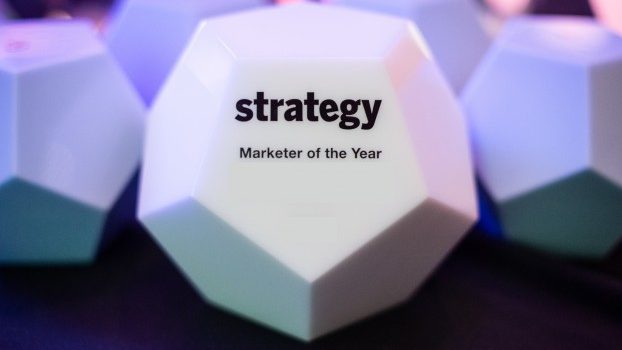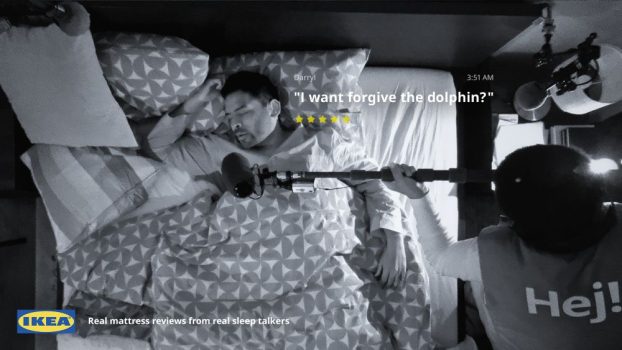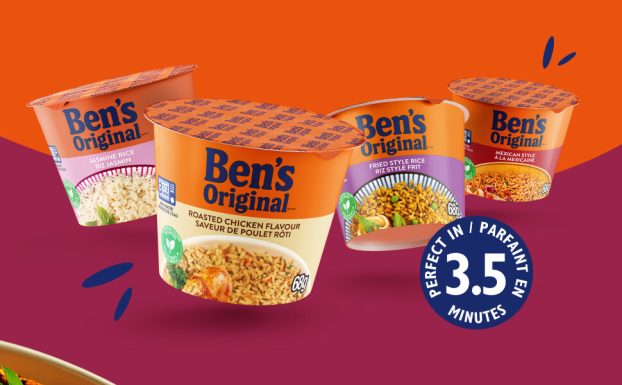 This story appears in the October 2015 issue of strategy.
This story appears in the October 2015 issue of strategy.
Each year, the strategy team sits in a boardroom with research notes ranging from sales to campaign results, plus suggestions from industry executives, and we write down the names of companies and people on a white board who we believe are deserving of the Brand of the Year or Marketer of the Year titles (stay tuned for the latter in our December/January issue). We compile a list of dozens of names, and then, one by one, delete them from the board until only a short list remains.
A few years ago, when I looked across the brand and retail landscape, it seemed almost impossible for the little guy to compete. Big brands were increasingly taking over retail space, with giant box stores creeping their way into city centres and smaller shops closing their doors. For a while, it looked like we were headed in a very homogenous direction.
Then the winds slightly shifted. Sure, big box stores were still, well, big. But people started to seek out more unique experiences. Online retailers like Frank & Oak and Etsy (one of our “trending” brands this year, see here) started to take flight, and a big box behemoth from the U.S. couldn’t find its footing here.
It’s no surprise, then, that smaller challenger brands are positioning themselves for growth. Our cover brand Desjardins isn’t exactly small or new in its home province of Quebec, but its growth in the rest of the country really took off this year. It even launched a new banking option – the mobile-only Zag Bank – for a generation that’s looking for an easy alternative to the “Big Five.”
And Smoke’s has evolved beyond poutine to launch Weineries and Burritories this year, and has set its sights on major expansion. Will it be long before Smoke’s is as ubiquitous as McDonald’s or Tim Hortons? In a QSR market that is already crowded with huge players, Smoke’s doesn’t seem fazed by the competition.
Each year when we sit in that boardroom, we consider brands across different categories, including entertainment. Never has our choice felt so niche as with YouTube sensation Epic Meal Time, and yet its fan numbers are staggering, and many of the brands it works with are mainstream. Epic Meal Time redefines what it means to be a celebrity brand in the internet age.
With their scrappy attitudes, clever use of small marketing budgets and less bureaucracy to deal with, these challenger brands can no longer be ignored. So if you are a bigger brand from a larger company, you have to adopt that scrappy attitude and stay innovative to compete. That’s exactly what Sport Chek has done. For an athletic apparel retailer to embrace technology and dive headfirst into often untested waters the way that it has deserves recognition.
The world is full of clever concepts and you no longer need a million-dollar budget to bring them to life. All you need is a website, or a camera to shoot a video, or a single retail location, and it could take off into something huge.
Epic Meal Time could have been nothing more than a bunch of funny guys cooking meat, but they turned it into a business. After all, anyone can have a brilliant idea, it’s what you do with that idea that counts.






















